‘Masterpiece’ is the word that came to mind within the first seconds of viewing cinematographer Rodrigo Prieto’s airborne wide shot of the massive Pawhuska, Oklahoma, territory that extends miles into the horizon. Martin Scorsese’s epic historical 1920s film of the Reign of Terror against the Osage Nation Indians is based on David Grann’s book. Grann told me in an interview that the story’s center is Mollie Burkhart (Lily Gladstone), as she and her husband Ernest (Leonardo DiCaprio) sad true love story is heart-wrenching. Scorsese also confirmed in a Zoom press conference I attended that Mollie is the film’s center. Gladstone’s performance, as well as DiCaprio’s and Robert DeNiro’s as the murderer William Hale, are all Oscar-worthy. I’ve screened the film twice and have nothing but praise for the stellar directing, performances, cinematography, editing, script, musical score, set design, hair and makeup, and costuming.
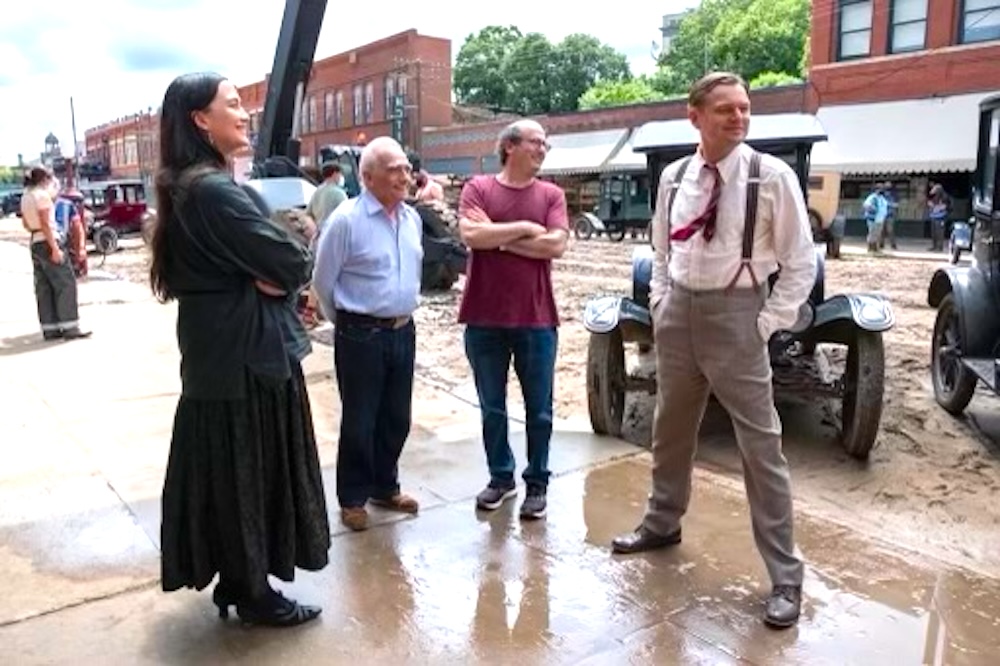
The Osage Reign of Terror began when oil was discovered on their new land; suddenly, they became instant millionaires and the world’s wealthiest people per capita. They built houses that were mansions, had several cars per family, including white chauffeurs as drivers, built golf courses, and the ladies wore expensive gowns and jewelry. The injustice and racism started with the United States Congress, which passed a law that took away all of the Osages’ rights to spend their money as they wished. Every member of an Osage family was assigned a white guardian who would handle their money. Their ‘headrights’ were passed on to surviving members until the last family member was left; then, their husband or wife would get their share of the money. Systematic murders began; poisonings, gunshots, and explosions were the norm, as greedy people, including law officers and doctors, helped facilitate the killings.
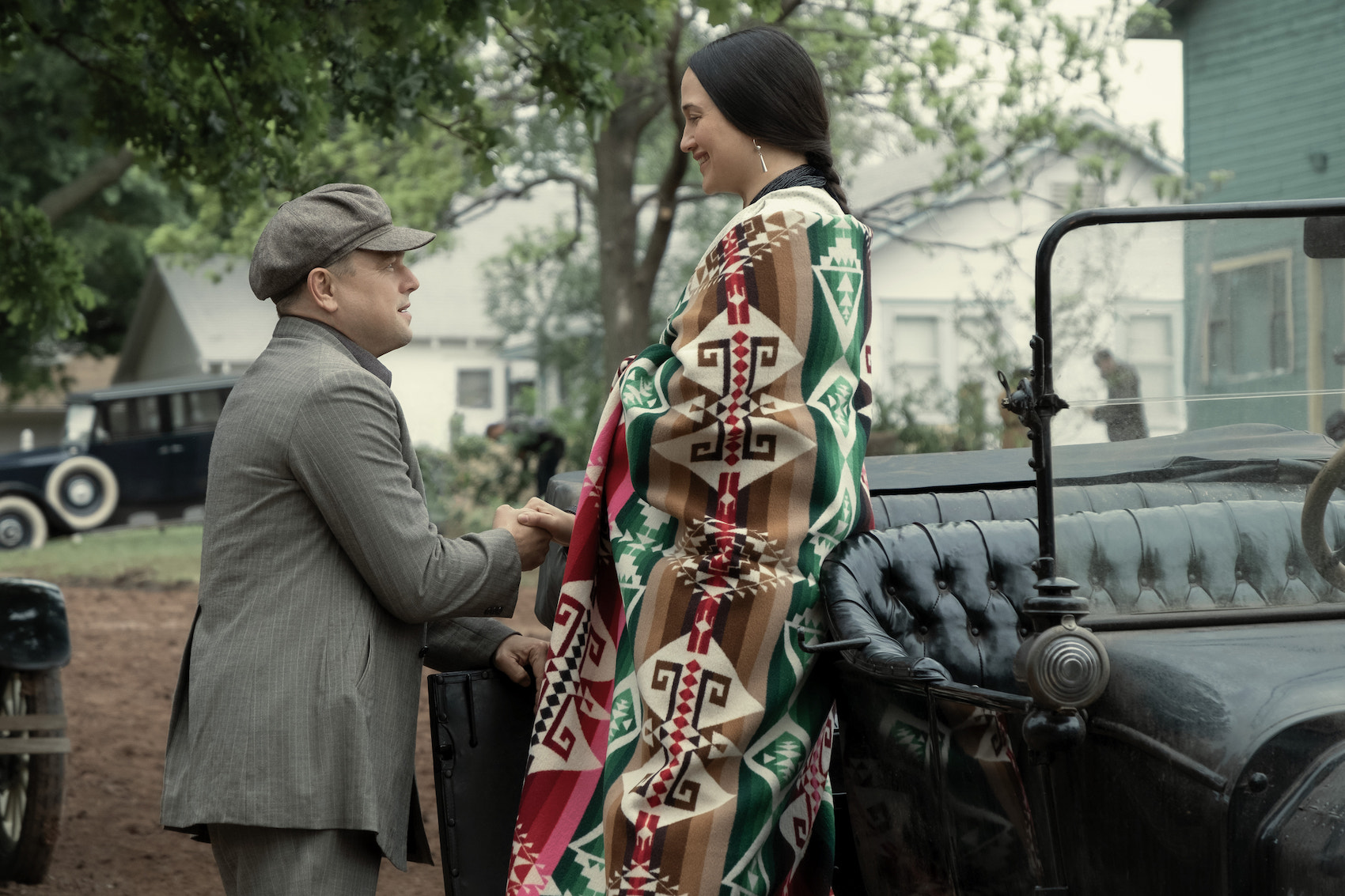
J. Edgar Hoover of the Federal Bureau of Investigation, the FBI, sent a team of government field agents led by former Texas Ranger Tom White (Jesse Plemons); they were able to infiltrate the corruption and bring justice to the Osage Nation. Both Hale and Burkhart were sent to prison, serving life sentences. Unfortunately, this occurred too late as all of Mollie’s family were killed; only she and her children were left alive.
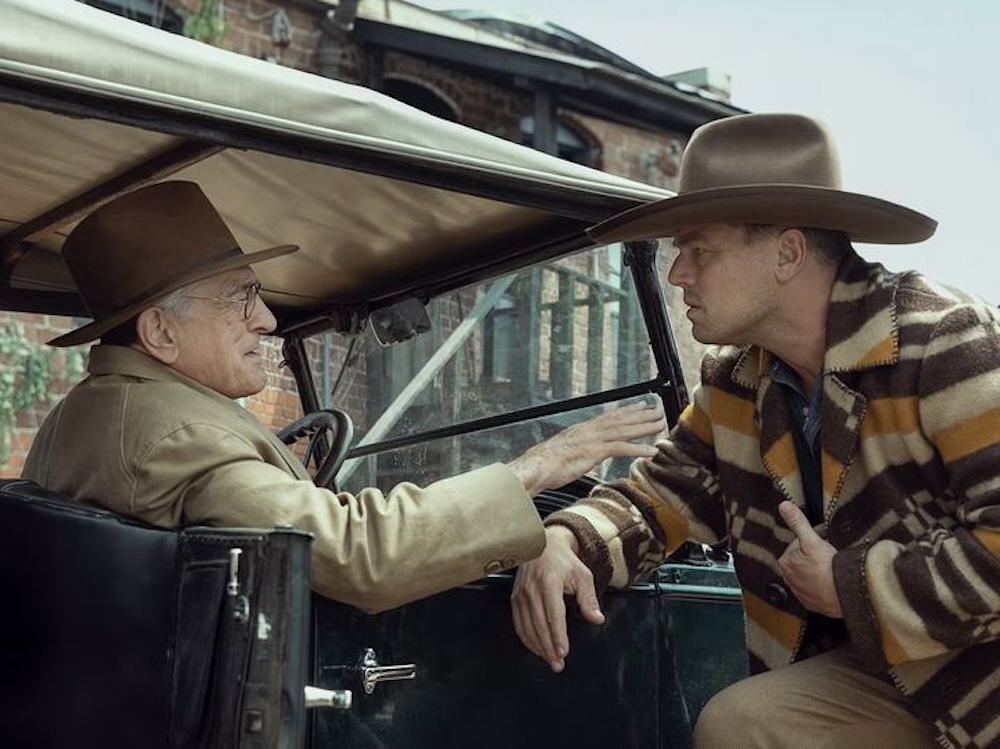
In Scorsese’s screen adaptation, he shows the playful love between Mollie and Ernest; we view both of their reactions to each other, and their passion. One can’t even begin to imagine the fear of being in love with someone they thought could kill them, as in Mollie’s unique situation of the systematic killing of her mother and sisters. She knew Ernest loved her, although she also couldn’t trust him. If there’s any comfort in the story, it’s the fact that Mollie lives, and in the book, she does testify.
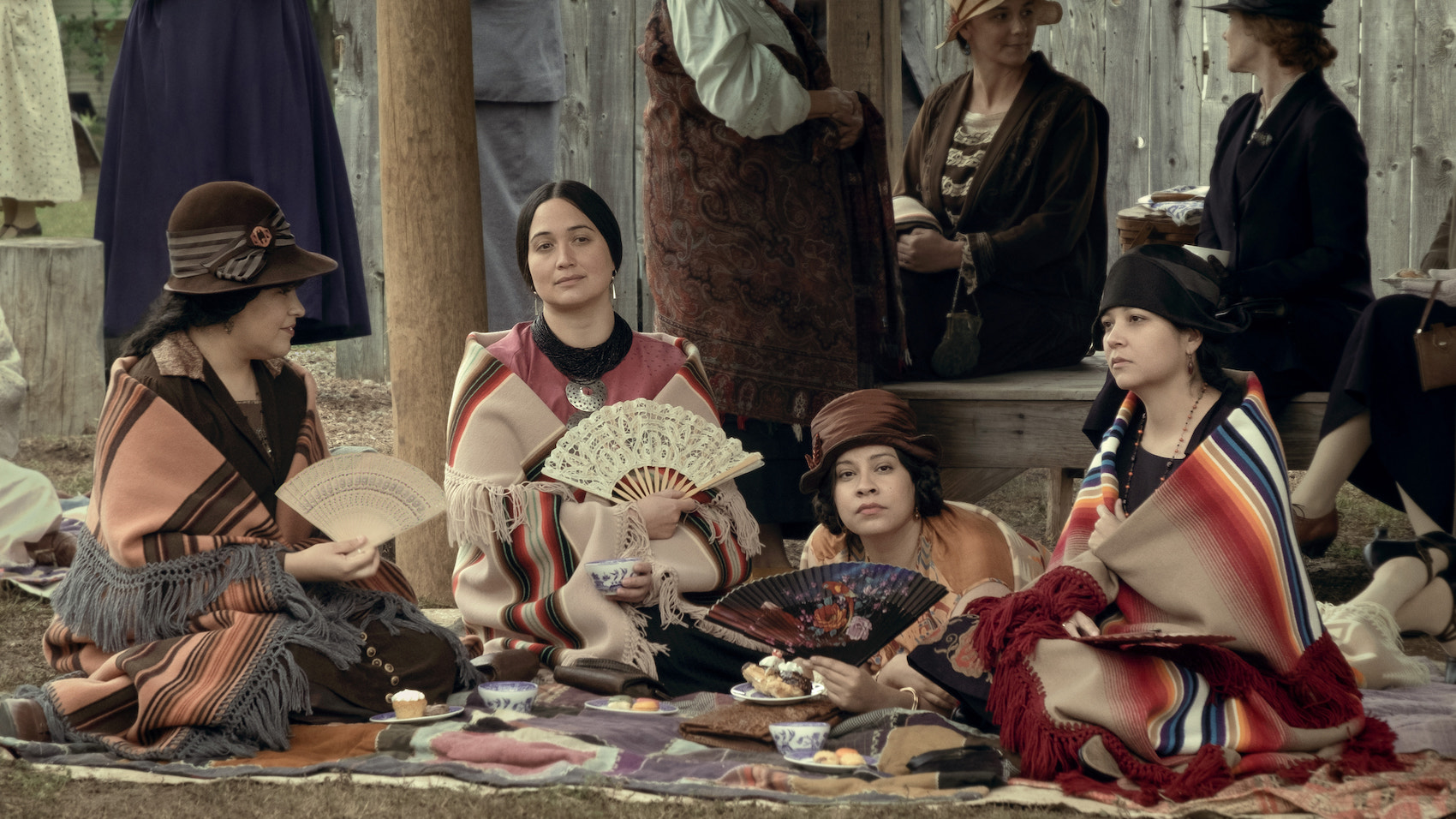
Although the injustice suffered by the Osage Nation is difficult for all to imagine, seeing it played out in a movie is very important. I can’t praise Martin Scorsese enough for listening to the Osage people tell their stories and concerns. As former Osage chief Jim Gray said to me in a Zoom interview, “We asked Martin to listen to us and asked him to let us help him get this story right. We don’t want a white savior, as in other Indian-based films; we want the truth to be told through our eyes.”
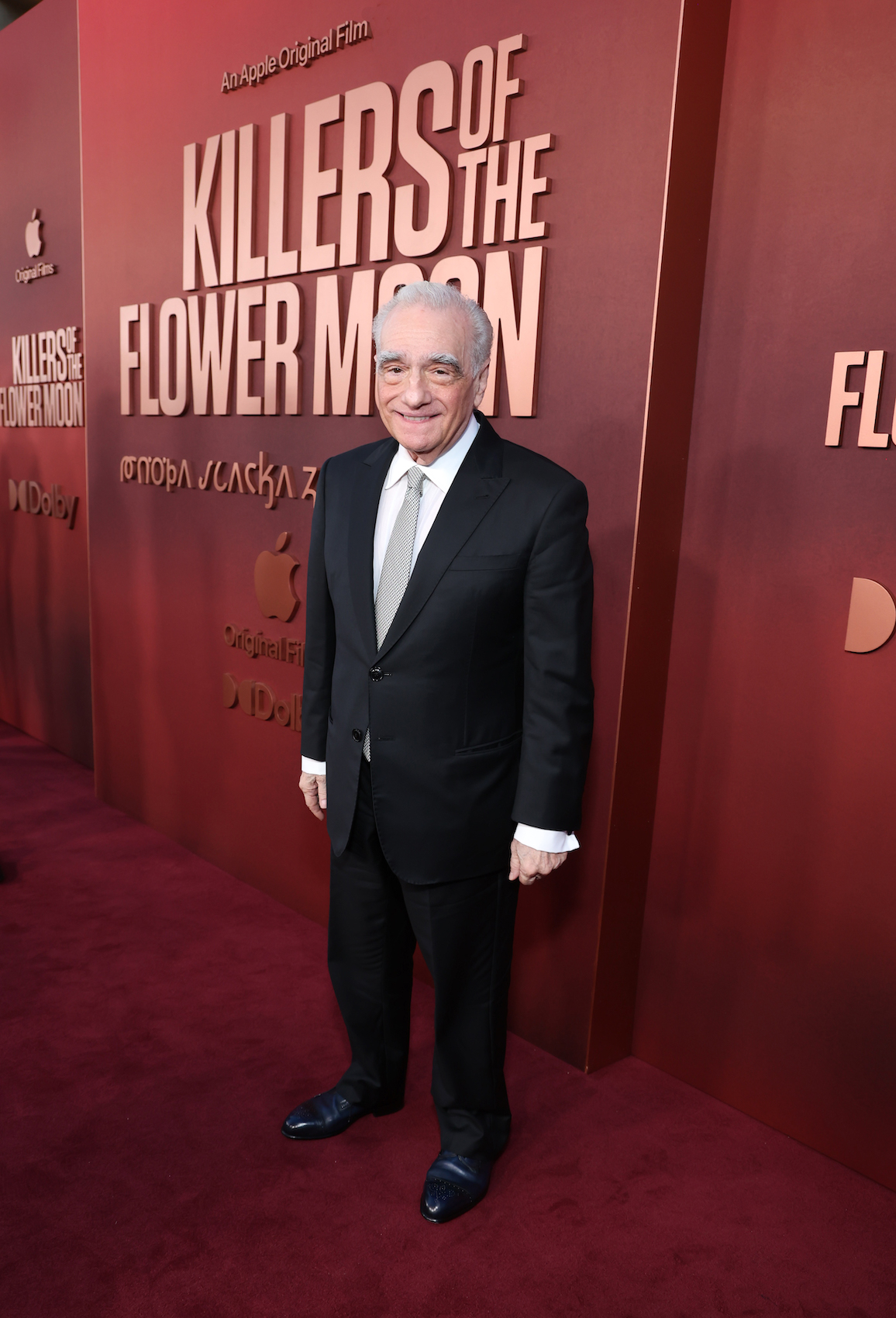
I believe Scorsese’s masterpiece of a film will be remembered as a vital piece of our history, just as Steven Spielberg’s film “Schindler’s List” was praised by the world as telling of a hero in Nazi Germany’s history. I’m urging all to see it in a movie theater on the largest screen possible, as the gorgeous cinematography will forever imprint on your mind. And what is the true message of the film? This quote summarizes my thoughts: “What is gone is treasured because it was what we once were. We gather our past and present into the depths of our being and face tomorrow. We are still Osage. We live, and we reach old age for our forefathers.”

Link to Podcast on Hollywood 360 Radio Network: https://bit.ly/Hollywood360-Killers-of-theFlower-Moon
Sarah Knight Adamson© October 21, 2023
